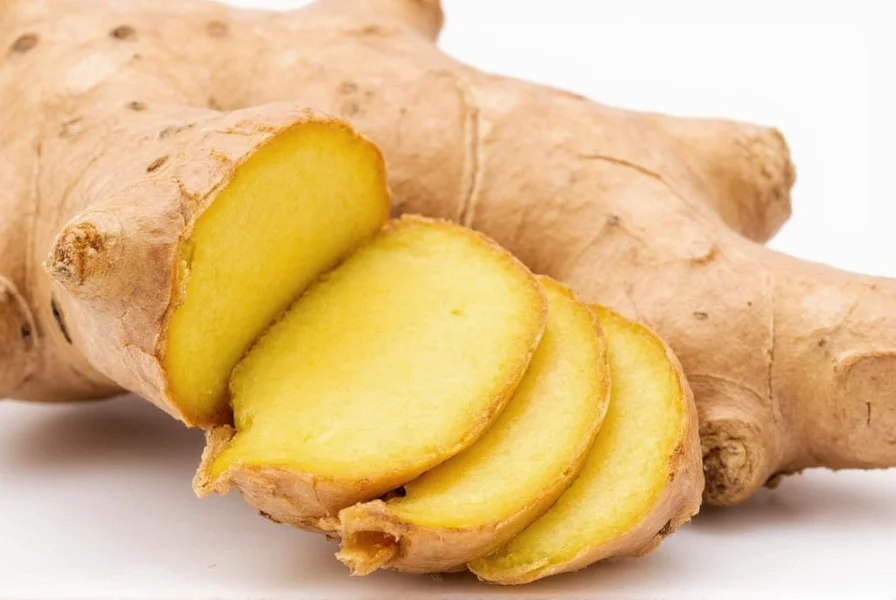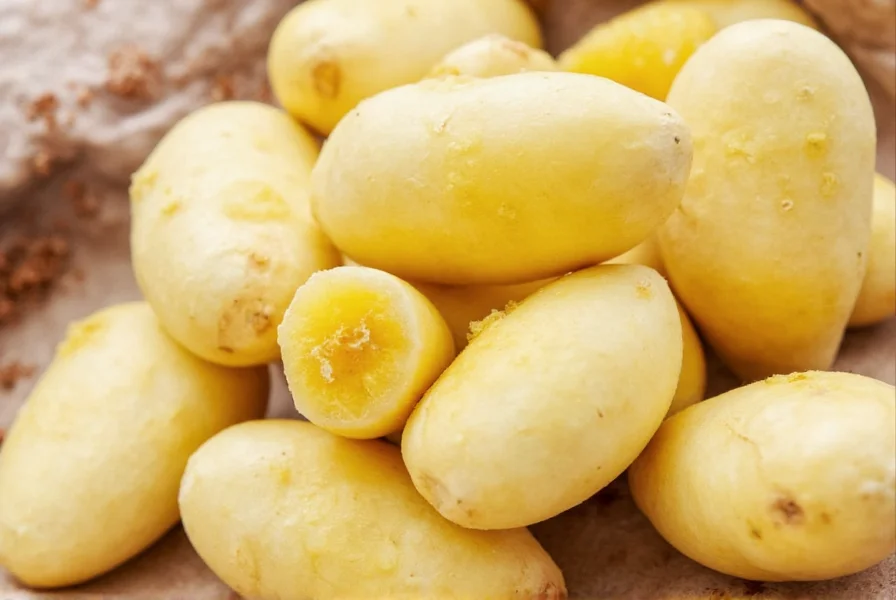Science-Backed Health Benefits of Ginger Root
Ginger (Zingiber officinale) has been used in traditional medicine for centuries, but modern research confirms its impressive therapeutic properties. This aromatic rhizome contains potent bioactive compounds, primarily gingerols and shogaols, which deliver measurable health benefits supported by clinical studies.
Top 7 Evidence-Based Ginger Benefits
| Benefit | Scientific Evidence | Recommended Application |
|---|---|---|
| Digestive Support | Multiple studies show ginger accelerates gastric emptying by 25-50% | 1g before meals for indigestion relief |
| Nausea Reduction | Meta-analysis of 12 studies confirms effectiveness for pregnancy and chemotherapy nausea | 1-1.5g daily in divided doses |
| Inflammation Control | Reduces inflammatory markers like CRP by 28% in osteoarthritis patients | 500mg-1g standardized extract daily |
| Muscle Pain Relief | 25% reduction in exercise-induced muscle soreness with daily 2g supplementation | Consume before/after physical activity |
Digestive Health Enhancement
Ginger's most well-documented benefit involves gastrointestinal function. Research published in the World Journal of Gastroenterology demonstrates that ginger stimulates digestive enzymes and accelerates gastric motility. This makes it particularly effective for relieving bloating, gas, and indigestion. What health benefits does ginger provide for your digestive system specifically? Clinical trials show it reduces symptoms of functional dyspepsia by 30-50% compared to placebo.

Nausea and Vomiting Relief
One of ginger's most scientifically validated uses is for nausea management. A comprehensive review in Obstetrics & Gynecology analyzed 13 studies involving over 1,300 pregnant women and found ginger significantly reduced morning sickness severity without adverse effects. How does ginger reduce nausea? The active compounds interact with serotonin receptors in the digestive tract and central nervous system, providing relief from motion sickness, postoperative nausea, and chemotherapy-induced vomiting.
Anti-Inflammatory and Pain-Relieving Properties
Ginger's anti-inflammatory effects rival some conventional medications. A study in Arthritis and Rheumatism showed that ginger extract reduced osteoarthritis knee pain by 30% compared to 25% with ibuprofen. The mechanism involves inhibition of COX-2 enzymes and reduction of inflammatory cytokines. For those seeking natural alternatives for pain management, ginger provides a viable option with fewer side effects than NSAIDs.
Cardiovascular and Metabolic Benefits
Emerging research suggests ginger may support heart health by improving lipid profiles and blood pressure regulation. A clinical trial in the Journal of Medicinal Food found that 3g of ginger powder daily reduced LDL cholesterol by 10% and triglycerides by 14% in participants with high cholesterol. Additionally, studies indicate ginger enhances insulin sensitivity, making it potentially beneficial for blood sugar regulation in prediabetic individuals.
Optimal Consumption Methods and Dosage
For maximum benefit, understanding how to consume ginger properly matters. Scientific evidence for ginger benefits shows effectiveness at doses between 1-3 grams daily, though specific applications vary:
- Nausea relief: 1-1.5g divided throughout the day
- Digestive support: 2g before meals
- Inflammation reduction: 500mg standardized extract twice daily
Fresh ginger root provides the most complete spectrum of compounds, while standardized extracts ensure consistent potency. When considering how much ginger should I take daily, remember that higher doses (above 4g) may cause gastrointestinal discomfort in some individuals.
Safety Considerations and Potential Interactions
Ginger is generally safe for most people when consumed in food amounts or moderate supplementation. However, potential side effects of ginger consumption include heartburn, diarrhea, and mouth irritation at higher doses. Those taking anticoagulant medications should consult their physician before regular ginger supplementation, as it may enhance blood-thinning effects. Individuals with gallstones should also exercise caution, as ginger stimulates bile production.
Integrating Ginger Into Your Wellness Routine
For those exploring the best ways to consume ginger for health, consider these practical applications:
- Start your day with fresh ginger tea (1-2 inches grated root steeped in hot water)
- Add grated ginger to smoothies or salad dressings
- Use ginger in cooking Asian-inspired dishes for dual flavor and health benefits
- Consider standardized supplements for targeted therapeutic effects
Consistency matters more than quantity—daily consumption of moderate amounts delivers better results than occasional high doses. When selecting ginger products, look for those specifying gingerol content for reliable potency.
Frequently Asked Questions
How quickly does ginger work for nausea relief?
Ginger typically begins reducing nausea symptoms within 30-60 minutes when consumed as tea or capsules. For pregnancy-related nausea, studies show significant improvement within 4 days of consistent 1g daily supplementation. The active compounds are rapidly absorbed, with peak blood levels occurring approximately 1 hour after ingestion.
Can ginger help with weight loss?
While not a magic weight loss solution, ginger may support metabolic health. Research indicates ginger supplementation can modestly increase thermogenesis and fat oxidation. A study in the journal Metabolism found that ginger consumption increased metabolic rate by 5% and reduced feelings of hunger. For best results, combine ginger with a balanced diet and regular exercise rather than relying on it as a standalone weight loss solution.
Is fresh ginger more effective than powdered ginger?
Both forms offer benefits, but fresh ginger contains higher levels of gingerol, the primary active compound. Drying ginger converts some gingerol to shogaol, which has different but still beneficial properties. For digestive issues, fresh ginger may be slightly more effective, while powdered ginger provides more consistent dosing for inflammation management. Scientific analysis shows fresh ginger contains approximately 3-6% gingerol by weight compared to 1-2% in dried powder.
Can I take ginger with blood pressure medication?
Consult your physician before combining ginger with blood pressure medications. While ginger may modestly lower blood pressure through its calcium channel blocking effects, this could potentially enhance the effects of antihypertensive drugs. Current research suggests moderate dietary consumption (up to 2g daily) is generally safe, but therapeutic doses might require medication adjustment under medical supervision.
How long can I safely take ginger supplements?
Clinical studies have demonstrated the safety of ginger supplementation for up to 3 months at doses up to 2g daily. For longer-term use, cycling supplementation (taking breaks every 2-3 months) is recommended. Most adverse effects occur only at very high doses (above 4g daily). If using ginger for chronic conditions, periodic evaluation with your healthcare provider ensures continued appropriateness for your individual health status.











 浙公网安备
33010002000092号
浙公网安备
33010002000092号 浙B2-20120091-4
浙B2-20120091-4